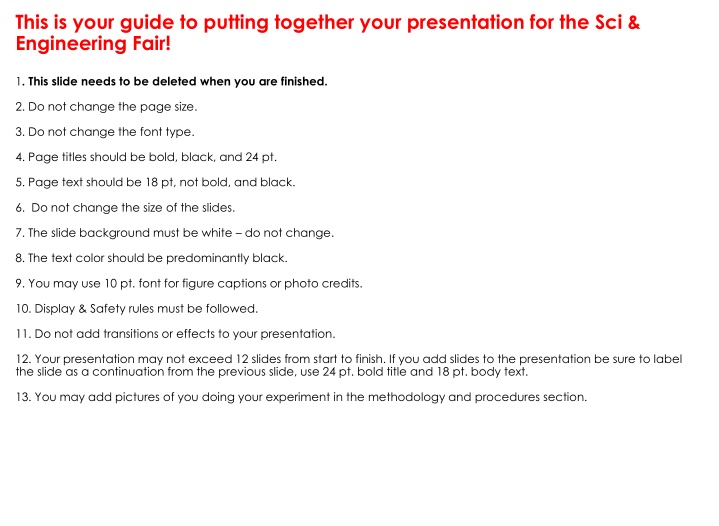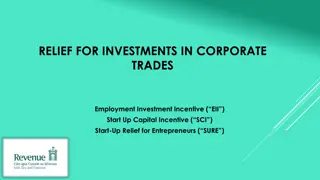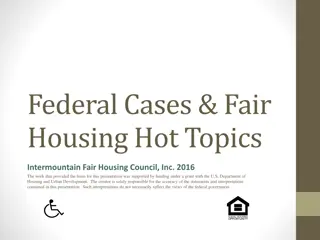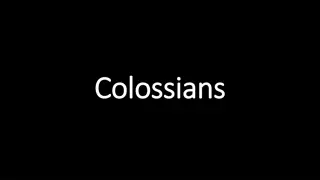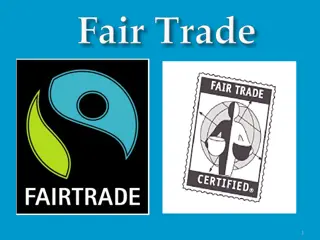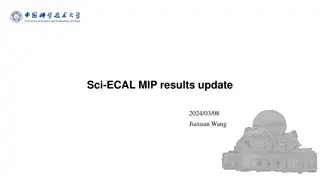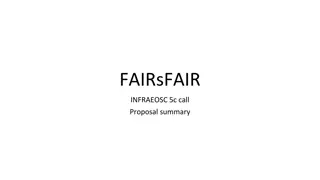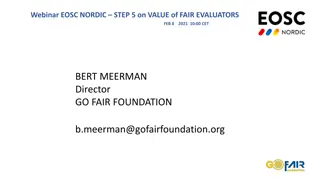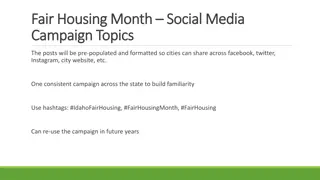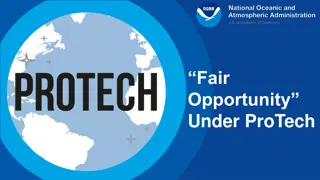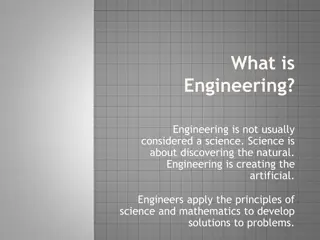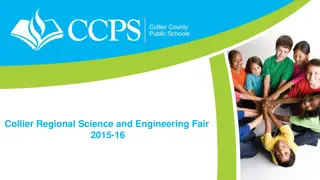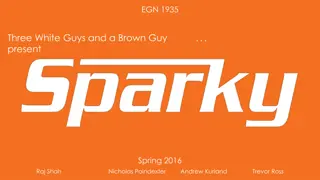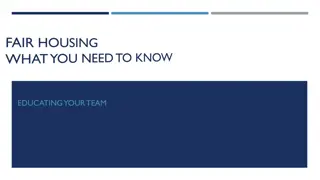Putting Together Your Presentation for Sci. & Engineering Fair
In this guide, find instructions for creating your presentation for the Sci. & Engineering Fair. Learn about slide formatting rules, content structure, and image utilization. Follow the steps provided to ensure a well-organized and visually appealing presentation that adheres to the fair's guidelines. Prepare to showcase your project effectively and professionally.
Download Presentation

Please find below an Image/Link to download the presentation.
The content on the website is provided AS IS for your information and personal use only. It may not be sold, licensed, or shared on other websites without obtaining consent from the author.If you encounter any issues during the download, it is possible that the publisher has removed the file from their server.
You are allowed to download the files provided on this website for personal or commercial use, subject to the condition that they are used lawfully. All files are the property of their respective owners.
The content on the website is provided AS IS for your information and personal use only. It may not be sold, licensed, or shared on other websites without obtaining consent from the author.
E N D
Presentation Transcript
This is your guide to putting together your presentation for the Sci & Engineering Fair! 1. This slide needs to be deleted when you are finished. 2. Do not change the page size. 3. Do not change the font type. 4. Page titles should be bold, black, and 24 pt. 5. Page text should be 18 pt, not bold, and black. 6. Do not change the size of the slides. 7. The slide background must be white do not change. 8. The text color should be predominantly black. 9. You may use 10 pt. font for figure captions or photo credits. 10. Display & Safety rules must be followed. 11. Do not add transitions or effects to your presentation. 12. Your presentation may not exceed 12 slides from start to finish. If you add slides to the presentation be sure to label the slide as a continuation from the previous slide, use 24 pt. bold title and 18 pt. body text. 13. You may add pictures of you doing your experiment in the methodology and procedures section.
Project title goes here. Project title goes here. Presented to Date By (You could add pictures of your project)
What is the problem? What is the problem? Explain
What is your engineering goal? What is your engineering goal? What problem were you trying to solve? Include a description of your engineering goal. Explain what is known or has already been done to solve this problem, including work on which you may build. You should include a brief review of relevant literature. This lit review may take more than one slide If this is a continuation project, a brief summary of your prior work is appropriate here. Be sure to distinguish your previous work from this year s project.
Methodology and Procedures Methodology and Procedures What did you do? How did you design and produce your prototype? If there is a physical prototype, you may want to include pictures or designs of the prototype. If you tested the prototype, what were your testing procedures ? What data did you collect and how did you collect that data? DO NOT include a list of materials.
Results Results How did your prototype meet your engineering goal? If you tested the prototype, provide a summary of testing data tables and figures that illustrate your results. Results may take more than one slide
Interpretation of Results Interpretation of Results What do these results mean? Compare your results with theories, published data, commonly held beliefs, and expected results. Did any questions or problems arise that you were not expecting? Were these problems caused by uncontrolled events? How did you address these? How is your prototype an improvement or advancement over what is currently available?
Conclusions Conclusions Did your project turn out as you expected? What applications(s) do you see for your work?
References References This section should not exceed one page. Limit your list to the most important references. List the references/documentation used which were not of your own creation (i.e., books, journal articles).
